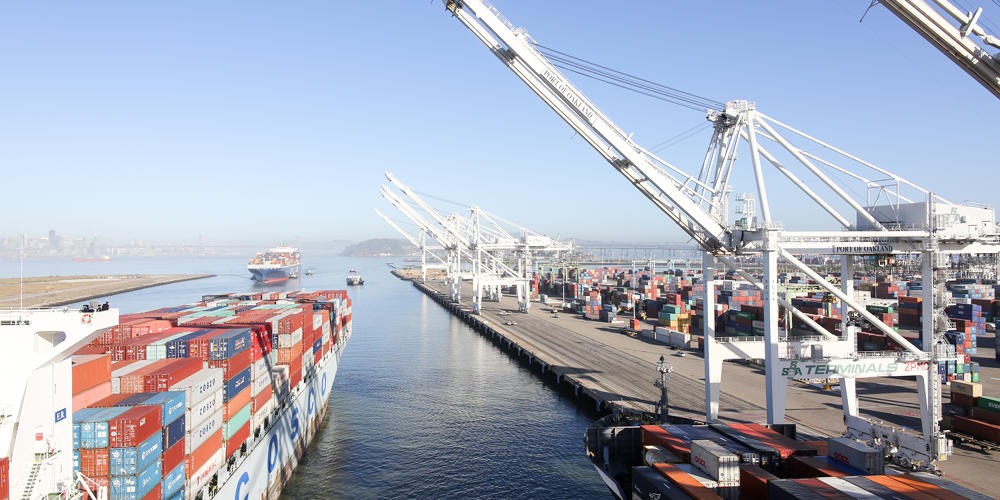Chilean Ministry of Energy Publishes Hydrogen Plan

The document outlines 18 key lines of action to promote the production and usage of hydrogen within the country, as the Chilean Ministry strives to position itself as a future world-leader in the production of green hydrogen.
It comes after a year of collaboration with a Transversal Strategic Committee, and promises to make Chile a key exporter of green hydrogen by 2030.
The first phase of the plan, published on Thursday, will seek to attract potential hydrogen buyers, as well as define investment opportunities and efficient social, environmental, and labour standards for the industry.
Following this, the plan’s second phase – from 2026 to 2030 – will aim to establish a stable and productive hydrogen industry and shift the nation away from its reliance on the fossil fuels which supply 64% of Chile’s energy, 98% of which is imported.
Current strategies are as follows
As it stands, the Ministry of Energy has outlined ten key objectives to be achieved before the plan can reach its second stage. These are:
- The publication of the Ministry of Environment’s Public Baselines report, for the training and standardisation of environmental assessment methods.
- Financial instruments to promote investment in future projects.
- The publication of a feasibility report for the first green Latin-American maritime trade route.
- Reinforcement of the Mardones Pier to increase the unloading capacity of industry products.
- ‘Window to the Future’: allocation of public land to produce green hydrogen and its derivatives.
- Opening production in the Cabo Negro eFuels facility.
- Start-up of the Magallanes Technological Development Centre and the Technological Development Centre for the Maritime and Naval Industry.
- Increased investment in research and development.
- The creation of a public information platform on green hydrogen.
- The instillation of electrolysers in secondary schools to teach the process of electrolysis and promote the importance of renewable energy from an early age.
Successful implantation of the plan will allow Chile to have 17% of its national energy sourced by green hydrogen, halving its use of fossil fuels and fitting with the country’s pledge to be carbon-neutral by 2050.
“Conquering global markets”
Chile currently stands as one of the most promising Latin-American countries for the production and exportation of renewable energy, owing to both its abundance of natural resources and the consistently broad support for green energy across the political spectrum.
It has been estimated that Chilean green hydrogen could prove to be among the most affordable in the world due to the nation’s geography; the consistently strong winds and high levels of solar radiation have led the Chilean government to estimate they could be reliable producers of up to 13% of the world’s green hydrogen.
The ways Chile could potentially export these supplies are also being evaluated. Key solutions put forward by the Ministry of Energy include: transportation hydrogen as a cryogenic liquid; ‘loading’ hydrogen into organic molecules, such as toluene, to be ‘unloaded’ again after arrival; and converting hydrogen into other vectors, like ammonia or methanol, to be either re-converted after arrival or used as-is.
The Chilean Ministry of Energy is currently preparing a study alongside the Inter-American Development Bank to explore the methods and costs of long-distance green maritime transport.
Ahead of the publication of the plan, Minister of Energy Diego Pardow Lorenzo said: “This Plan of Action for Green hydrogen offers a collective, clear, and concrete path towards making the most of this unique opportunity our country is counting on.
“The roadmap we are presenting allows us to create hospitable conditions that will propel the creation of this new industry, the generation of quality employment, the development of productive regional chains within the country, and move forward in innovation and technological development, which will support the economic and social development of Chile and its inhabitants and, at the same time, be a substantial contribution to the fight against the climate crisis.”

